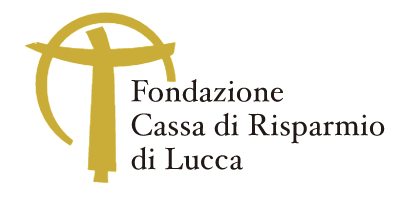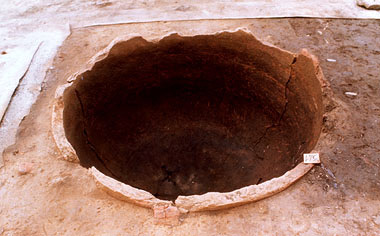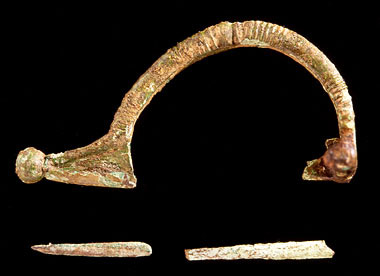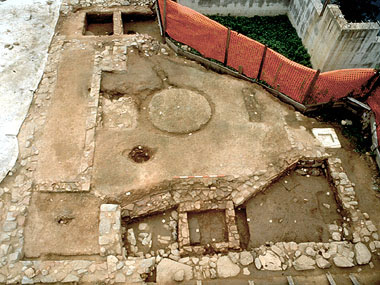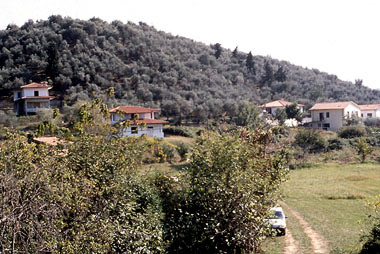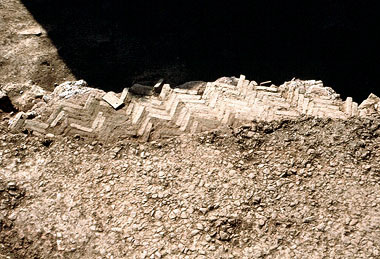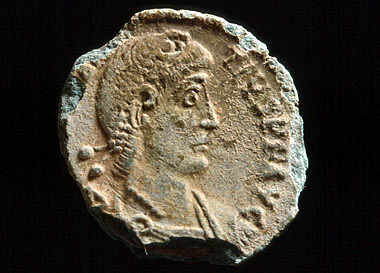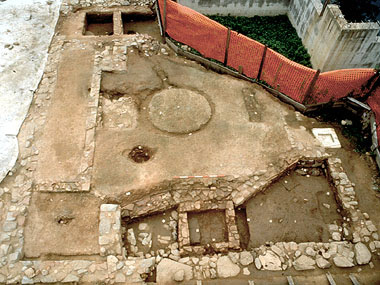
In the area at the foot of the hills around the entrance of the Camaiore valley archaeological excavations began in 1994 on an area of 700 square metres, bringing to light a settlement that was occupied several times from the late archaic Etruscan period (VIth century b.C.), through the whole Roman Age, until Early Medieval times (VIth – VIIth century a.D.).
At present the best known sector is that belonging to a Roman farm that was inhabited between the IInd – Ist centuries b.C. and the IVth – Vth centuries a.C.
Gallery:
Details:
- CANTE M., FABIANI F., PARIBENI E., Complesso rustico di età romana dell’Acquarella (Capezzano Pianore, Camaiore-Lucca), in I Liguri, 2004, pp. 482-484.
- PARIBENI E., FABIANI F., BINI M., BOSCHIAN G. , CUNIGLIO L., Camaiore (LU). Il complesso rustico dell’Acquarella: dall’indagine conoscitiva alla valorizzazione, «Notiziario della Soprintendenza Archeologica per beni archeologici della Toscana», 1, 2005, pp. 42-49.
- BINI M., FABIANI F., Indagini geoarcheologiche nel sito pluristratificato dell’Acquarella (Camaiore, LU), «Notiziario della Soprintendenza Archeologica per beni archeologici della Toscana», 3.1, 2008, pp. 54 – 60.
- FABIANI F., PARIBENI E., Il frantoio romano dell’Acquarella, Pisa, 2012.
- GIANNINI M., Versilia: genesi di un territorio. Dall’età preistorica all’arrivo dei romani, «Journal of Ancient Topography», XXIII, 2013, pp. 155-178.
- GIANNINI M., I Romani in Versilia: dinamiche di popolamento e organizzazione del territorio, «Orizzonti», XVI, 2015, pp. 81-91.
Etruscan age – The presence of the Etruscans within the site dates back to the 6th century b.C., in that period dates a fragment of bucchero coppa, a fine black-colored ceramic obtained by cooking, typical of the Etruscan world. In the 5th century b.C., the tradition of bucchero, a typical pottery, has been replaced throughout the Pisa area by new productions of tableware. Widespread in this period are the deep bowls, with a slightly recessed profile, made with a technique that gives the mixture a gray-blue color.
Roman age – The farm experienced its period of maximum development during the Roman age, between the IInd-Ist b.C and IVth – Vth century a.C., when the Apuan-Versilian plain is subjected to the project of rational exploitation of the countryside of the territory between Pisa and Luni (centuriation) after the Roman conquest of the IInd century b.C. At that time the premises relating to the production cycle of the oil date back: a large tank where the olives are placed before the olives are pressed, a smaller one for washing, with a drainage duct for dirty water and residues outside and an environment equipped to host the olive pressing (torcularium) on an opus spicatum (bricks laid out like a fish bone), replaced in the imperial age with a “coccio pesto”, with the center the premature area.
Late age-ancient – From the IIIrd – IVth century a.C. the ceramics from Africa are increasing: this datum unites all the settlements of the region, both in the coastal area and in the internal one. This period represents the peak with huge foreign trade exchanges. Thanks to this flourishing exchange of products, at the Acquarella come different types of table bowls produced in Tunisia.
During the VI century – During the 6th century a.C. the farm of the Acquarella is abandoned: later, the accumulation of waste in the tanks for the settling indicates the beginning of a new settlement, formed by a group of huts with plans of use in beaten earth that cover the ancient floors.
The site is in preparation; a selection of finds can be seen at the Municipal Archaeological Museum.


